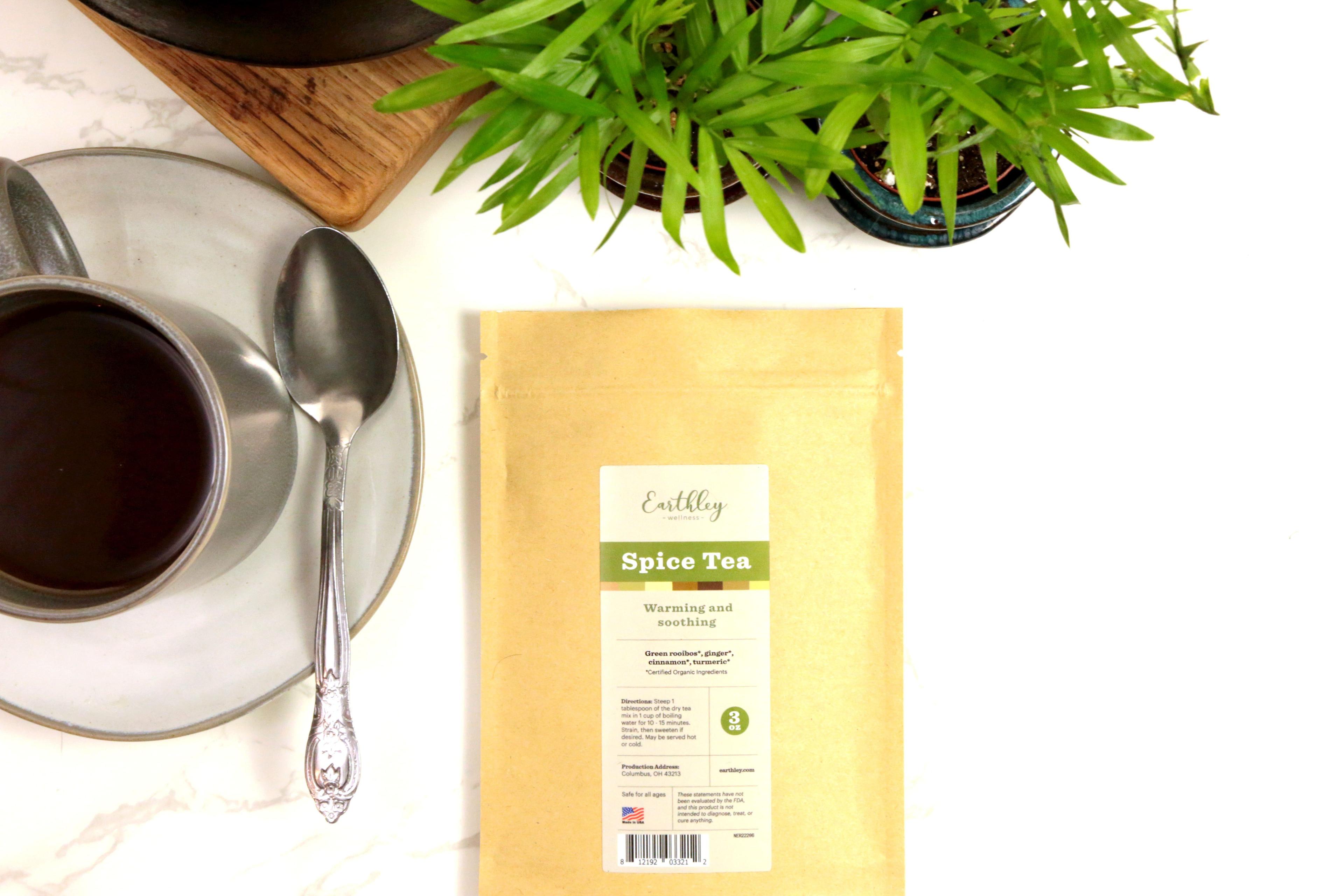Natural Remedies for Inflammation
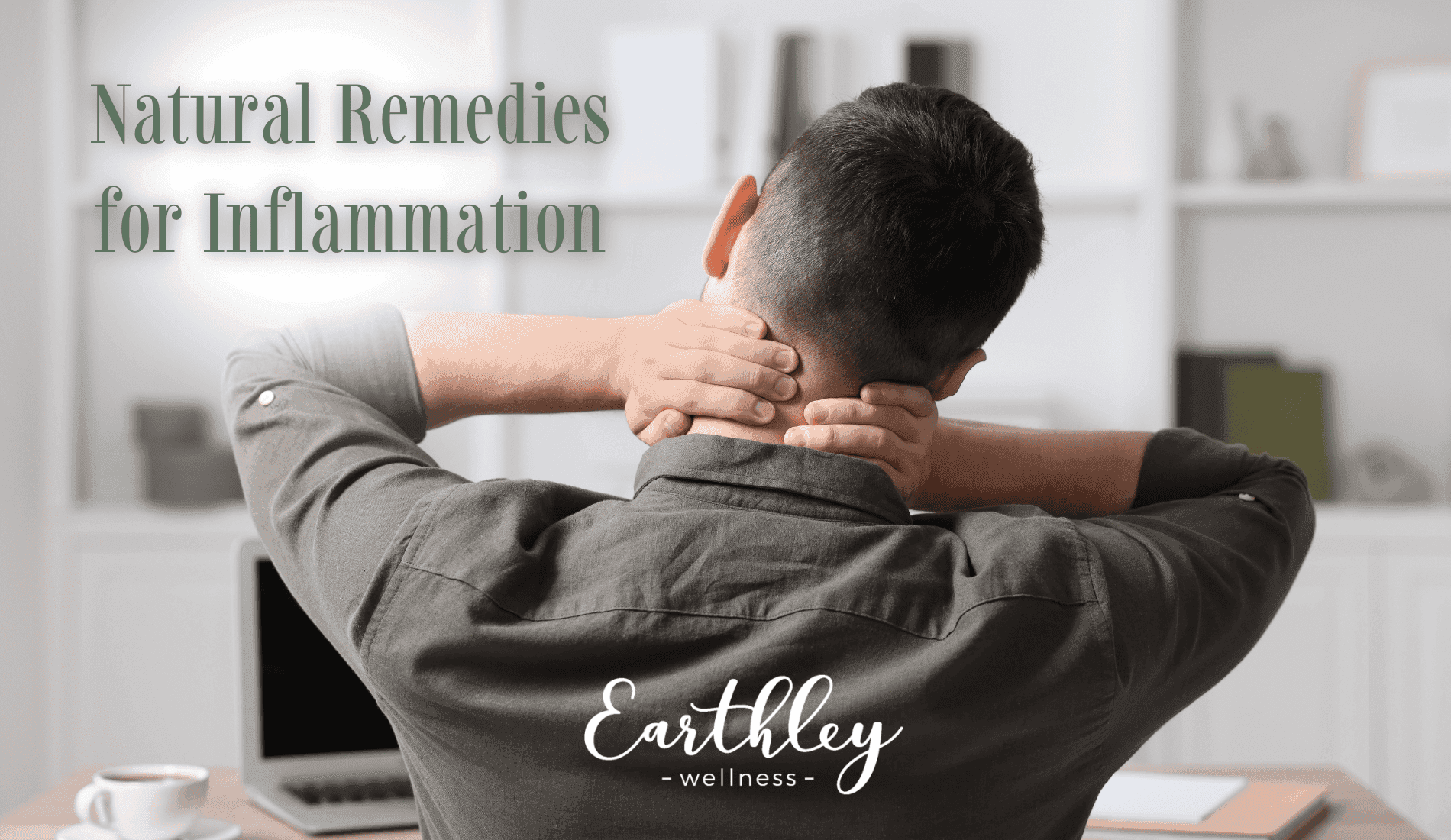
You know the stuff - that swollen, stiff feeling in your body that makes moving it feel like a truck plowed into you. Sometimes, it gets all red and hot to the touch.
This is inflammation, and it is a common denominator in all leading death diseases (1), not to mention a lot of life complaints!
What is inflammation?
The scientific definition is: “Inflammation is the body’s attempt at self-protection; the aim being to remove harmful stimuli, including damaged cells, irritants, or pathogens - and begin the healing process.”
That sounds like a really good thing, and, in the short term - it is. It shows that your body knows something is up and is trying to heal itself.
Inflammation has an important role in protecting body parts; however, it is often at the root cause of conditions (although usually not alone). It dives in to protect us when it senses a toxin, virus, or damage nearby, surrounding it to protect the rest of the body’s cells.
How exactly should inflammation work?
Step 1: Problem Identification.
The immune system recognizes something harmful, like a bacteria, virus, or damaged cell. Immune cells release signaling molecules called cytokines to initiate the inflammatory response.
Step 2: Increased Blood Flow.
Blood vessels in the affected area dilate (widen), leading to increased blood flow. This results in redness and warmth at the site of inflammation. Blood vessel walls become more permeable, allowing immune cells and proteins to enter the affected tissue. This helps deliver immune cells to the site of injury or infection.
Step 3: Immune Cell activation.
Immune cells, particularly white blood cells, are attracted to the site of inflammation. These cells help identify and eliminate pathogens and damaged cells.
The immune cells engulf and “digest” pathogens, cellular debris, and other foreign substances. They can also release additional cytokines and chemical mediators that amplify the inflammatory response and attract even more immune cells to the site.
Step 4: Tissue Repair and Healing.
Once the harmful stimuli are neutralized, the body begins the process of tissue repair and healing. New cells are generated to replace damaged ones, and the wound-healing process begins. As the healing process progresses, anti-inflammatory signals are released to resolve the inflammation and return the affected tissue to its normal state.
In “acute” or short-term cases, the process is typically self-limiting and helps the body eliminate the threat and repair the damage.
But when does inflammation turn “bad”?
However, in some cases, inflammation can become chronic, persisting even when the initial cause has been removed.
Chronic inflammation is associated with various health conditions, including autoimmune diseases, allergies, and certain chronic diseases like cardiovascular disease, diabetes, and certain cancers.
While short-term or acute inflammation examples are bronchitis, sore throat, appendicitis, a scratch or cut on the skin.
When inflammation becomes chronic, or long-term, it can eventually cause diseases including some cancers, rheumatoid arthritis, atherosclerosis, heart disease, periodontitis, and more.
Inflammation can become long-term or chronic when we don’t eliminate the cause or when we have a persistent irritant in our body. Some causes of acute inflammation could be allergies to things that we eat or drink, or they could be things that happen frequently such as exposure to a toxin.
What Can One Do?
Anti-Inflammatories are great for supporting your body when inflammation that can flare up from low immunity or an illness as well as to help calm the body, reduce inflammation, and provide immune support.
We would love to say that it is easy. But we can’t. It takes work figuring out what all your body reacts to so you can eliminate toxins and triggers. It takes dedication and persistence to stick to a healthy plan of attack. It also requires motivation to keep doing what helps you every day -- all day. There are no magic pills or cures in this world.
It oftens comes down to a whole lifestyle change. Exposure and diet are the best places to look for root causes. You should work with a trusted health care provider to help you identify your root causes and manage your symptoms and pain.
There are many other ways to help support your efforts though!
Natural Remedies for Inflammation
These herbs and food sources are great natural ways to support your bodies anti-inflammation activities.
Turmeric
Often referenced as its component curcumin, turmeric has significant anti-inflammatory and antioxidant properties. It can be consumed as a spice in food or taken as a supplement. It is made more available to our body when consumed with fat in a meal as well as when joined with its activant, black pepper. You can use it regularly in foods, capsules, pastes, tinctures, or teas.
Try Earthley’s Turmeric and Black Pepper Capsules or Pain Potion.
Ginger
Ginger has been used for centuries for its anti-inflammatory powers. It can be consumed fresh, powdered, or in supplement form. These are great in juices, teas, tinctures, and capsules.
Try our Ginger Root capsules or Anti-Inflammatory Herbal Tincture.
Meadowsweet
Meadowsweet has a long history of medicinal use for its ability to soothe discomfort. It contains salicylic acid, which may help with pain and inflammation, making it beneficial for bone and joint inflammation as well as headaches. Additionally, meadowsweet is known for its astringent properties, which may support overall digestive health by reducing excess acidity and calming irritation.
Try Pain Potion.
Cinnamon
Cinnamon contains cinnamaldehyde, which may help reduce inflammation and oxidative stress. Try Earthley’s Anti-Inflammatory Herbal Tincture. It can also work well in foods, pastes, and teas.
Try Anti-Inflammatory Herbal Tincture or our Spice Tea.
Echinacea
Echinacea is known for its immune-supporting properties, and may also have anti-inflammatory effects. Some people with auto-immune concerns may need to avoid this -- others with auto-immune issues may find relief with it. Tinctures are great for echinacea, but it can be used in capsules and teas also.
Try Anti-Inflammatory Herbal Tincture or Immunity Soup
Cod Liver Oil
Cod Liver Oil is rich in omega-3 fatty acids and vitamin D. These fatty acids can help reduce inflammation considerably. Vitamin D decifiency is often associated with inflammation as well.
Try Earthley’s Cod Liver Oil (they come in plain liquid form or in capsules).
Green tea
Green tea contains polyphenols, such as epigallocatechin gallate (EGCG), which have anti-inflammatory effects (2). It is well known for its easy use as tea too of course, but also great in smoothies or capsules.
Try Earthley’s Greens Capsules or Powder.
Frankincense
Frankincense is an herb that has been used in traditional medicine for its anti-inflammatory properties. The herb can be used in capsules, tinctures, or pastes. It can be used topically and aromatically as well.
Try Earthley’s Rustic Essential Oil Blend or Rustic Mineral Deodorant.
Bromelain
Bromelain is found in pineapples and is an enzyme with digestion properties and anti-inflammatory effects. It can be eaten as part of your diet especially in smoothies or plain, and also in capsules. Its digestive powers even make it great in laundry detergent!
Berries
Berries. Resveratrol is a compound found in grapes, berries, and red wine and has been associated with anti-inflammatory benefits. These foods are great to add to your diet because they also bring along plenty of antioxidants!
If you struggle to keep fresh fruit around, try Earthley’s Super Food Powder!
Holy Basil
Holy Basil contains compounds like eugenol that exhibit anti-inflammatory properties (3). It is also an adaptogenic herb meaning it helps the body process stress. It is great in teas, capsules, tinctures, and food.
Try Earthley’s Relax and Renew Oil or Adaptogenic Immunity.
Arnica
Arnica is an herbal remedy available in topical creams or gels that may help reduce inflammation and ease muscle pain. Arnica can be used in lotions, salves, homeopathy, or infused oils as well. It is best to use topically unless directed and under the care of an herbalist.
Try Earthley’s Arnica Salve or Magic Muscle Ease.
Garlic
Garlic contains allicin and other compounds with anti-inflammatory and immune-boosting effects. You can cook with it or even make DIY: Fermented Garlic Honey Cloves. It can also be used in your daily diet, capsules, or tinctures.
Try our Metabolism Support or Immunity Soup.
Licorice
Licorice contains glycyrrhizin, which may have anti-inflammatory and immune-modulating effects (4). This is especially helping with digestive problems as well. Best in teas, tinctures, or capsules.
Licorice root can be found in Earthley’s Natural Balance, Lunamore, Eye Serum, and Thyroid Support.
Non-food Remedies for Inflammation
Hot and Cold Therapy Applying a heating pad or warm compress to the affected area, and then ice packs to the area afterwards.
Gentle Exercise can have anti-inflammatory effects. Activities like walking, swimming, and yoga/qigong can be beneficial. It helps to promote the lymphatic system to encourage inflammation to move along.
Stress Management. Chronic stress can contribute to inflammation, so practices like meditation, deep breathing, and mindfulness may help.
Healthy Diet. Adopting an anti-inflammatory diet rich in fruits, vegetables (minus big inflammatories like nightshades and cruciferous), whole grains (gluten-free if that is one of your triggers), protein, and healthy fats can support overall health and reduce inflammation. Read more in The Gut Health Support Guide and Protocol.
Adequate Sleep is essential for overall well-being and can play a role in reducing inflammation. Read more in The Secret to a Good Night’s Sleep.
Supporting Lymphatic Drainage. Lymphatic fluid is how the inflammation moves around in our body. When there is inflammation building up, sometimes that can cause congestion in the fluid on its own. If the inflammation is in the chest, that can sometimes result in us breathing less deeply – which further stresses the lymphatic congestion.
The lymph system does not have its own pump – it depends on our diaphragm during breathing and our muscle movement to keep it flowing well. The upper half of our body drains into the veins just above our chests (in the area where it is just a little squishy below your collarbone. Supporting these areas can help!
Try our Castor Oil or Lymphatic Cream (If you have Milk Flowin' Salve on hand -- that works great too!)
Read more in What You Need to Know About Your Lymphatic System and try this DIY: Lymphatic Massage.
Every response to natural remedies can vary, and what works for one person may not work for another. You should listen to others’ experiences, but don’t lose hope just because what worked for them didn’t work for you. Don’t feel pressured to try something because someone insisted that it is the only way.
Sometimes, it can take a while to find the right combination of what works best for you. It is worth it to never give up, though!
Sources:
1 https://www.ncbi.nlm.nih.gov/pmc/articles/PMC2868080
2 https://pubmed.ncbi.nlm.nih.gov/17584048/
3 https://www.ncbi.nlm.nih.gov/pmc/articles/PMC8531902/
4 https://www.ncbi.nlm.nih.gov/pmc/articles/PMC7012004/
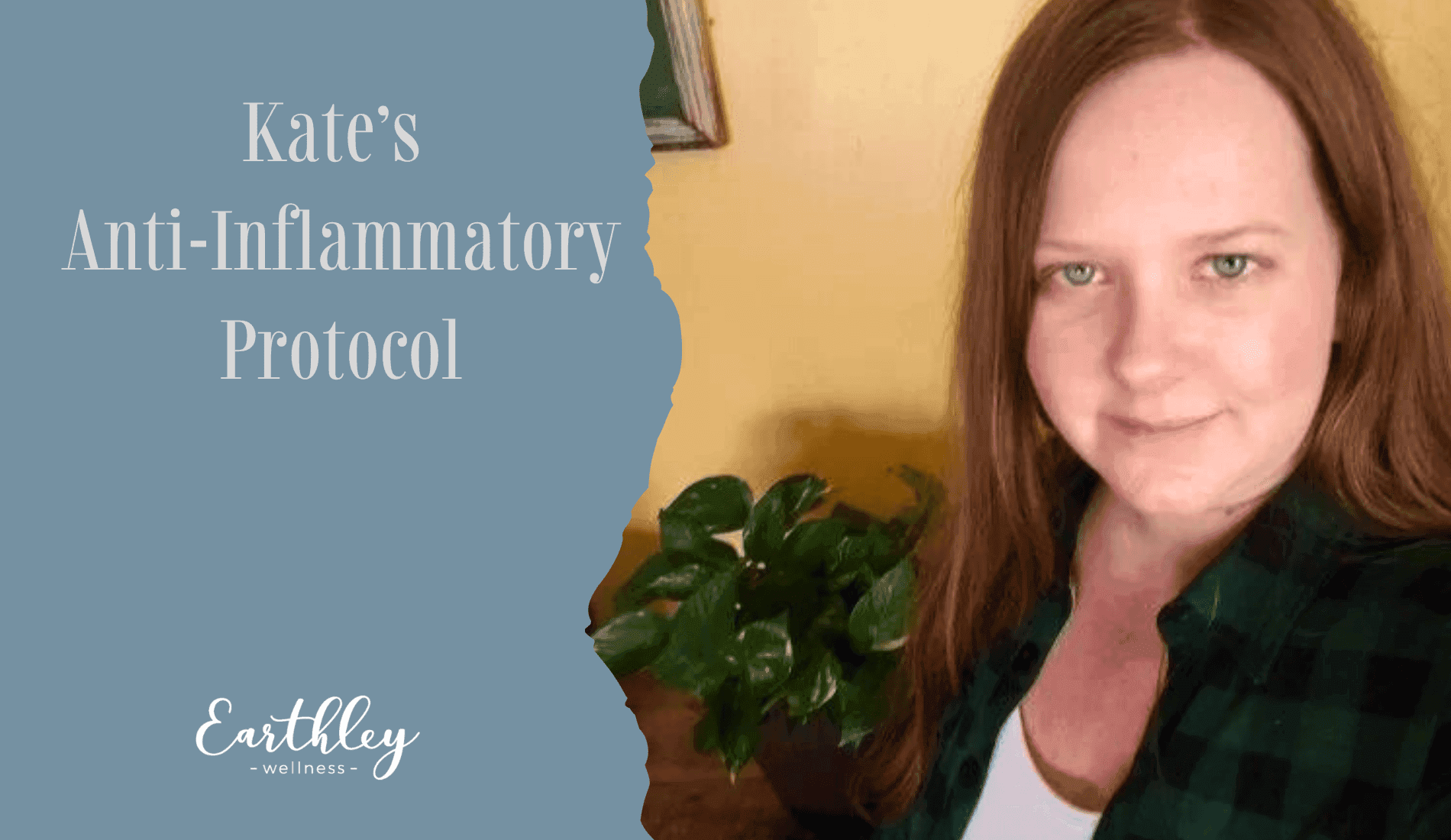
Here is a message from Earthley’s founder, owner, and lead herbalist, Kate Tietje:
For years, I ate healthy food and did everything “right,” but when I exercised, I would end up gaining weight.
Everyone told me this wasn’t possible because eating less and moving more would *obviously* result in weight loss, so I must be lying.
But now I know why. If you’re in this boat, this is what’s really going on….
Inflammation.
Chronic inflammation can happen in anyone and be caused by many different things. It doesn’t even have to rise to the level of a diagnosis (but it can).
Things that can cause inflammation:
- Poor diet (sugar, PUFAs, processed foods)
- Eating foods you are sensitive to (might be a whole food that you don’t even suspect)
- Stress
- Health conditions
- Acute illness
- and more
For most people, especially with low-level inflammation, it’s one of the first three. You could be sensitive to something you wouldn’t expect…like almonds or red peppers.
When you exercise or under eat, this creates stress on your body…which leads to *more* inflammation. Any attempt to diet/exercise creates increased inflammation which leads to your body either gaining weight or holding onto weight. The harder you try, the more stress your body experiences and the worse the weight issues are. (Yes, even if you are eating anti-inflammatory foods or herbs. This doesn’t overcome the low-level chronic inflammation caused by constant exposure; it just might slightly lessen it.)
If you want to solve this….
#1: Identify your inflammatory triggers
Is it stress? Is it food? Take a test to see what you’re sensitive to and start avoiding those foods/environmental things. Work to reduce your stress and support your adrenals — deep breathing, adrenal cocktails, adaptogenic herbs.
#2: Don’t exercise, detox first
Spend at least two weeks avoiding exercise completely. Flood your body with nourishing food (avoiding things you are sensitive to!). Rest as much as you can. Get extra sleep. Take detox baths. Drink lots of water (sometimes with a pinch of salt and lemon). Consume probiotic foods to rebuild the gut.
When your inflammation goes down — you may notice your body feels better, moves easier, and your hands may feel like they have more strength when you make a fist — you’re ready for the next step.
#3: Light exercise
Now that inflammation is down (and it may take more than two weeks), move your body more. Focus on walking or other light/low-impact exercise. You want your lymph to move, but you don’t want to raise your heart rate enough to create more inflammation. Lifting can be helpful here too, but again, light weights focused on toning, NOT heavy weights that will tear muscles and cause inflammation.
#4: Continue adding more exercise/stay on diet
This becomes a lifestyle. Avoid things that trigger inflammation for you. Find alternatives that work for you so you don’t feel deprived. Retest to see if sensitivities have changed; reintroduce foods slowly if you’re able. Move more often as it feels good for your body.
This is NOT a quick or simple process. It is a lifestyle shift. But it does work. It’s what I have been doing for 2 months now and I have lost 10 lbs (and I’m not moving enough yet) and I typically feel better.
There is no magic. But understanding inflammation is the key.
Disclaimer: This post is not intended as medical advice. These statements have not been evaluated by the FDA, and nothing in this post is intended to diagnose, treat, or cure anything. If you have questions, please do your own research or seek advice from a health professional.
Try out these products!
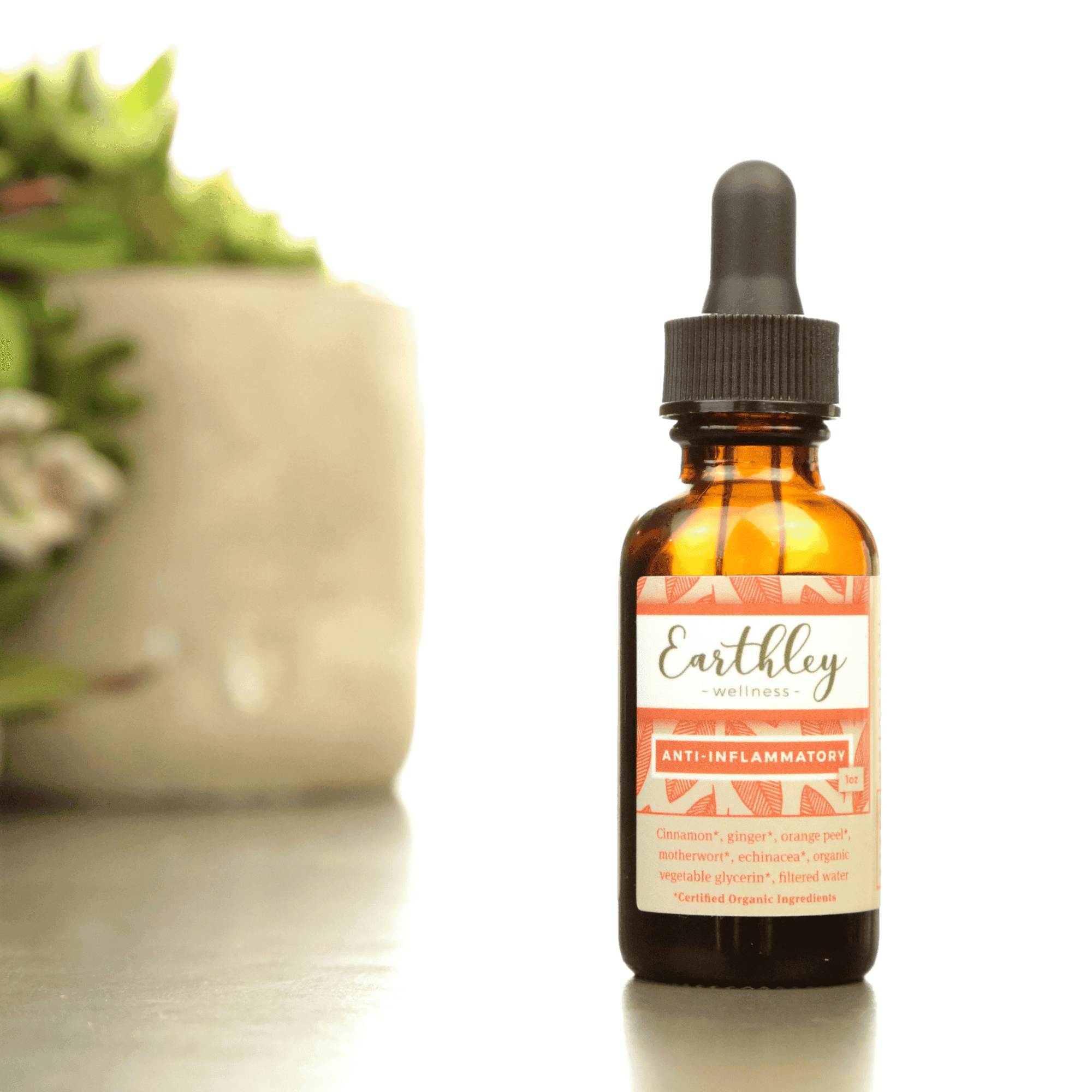
For inflammation
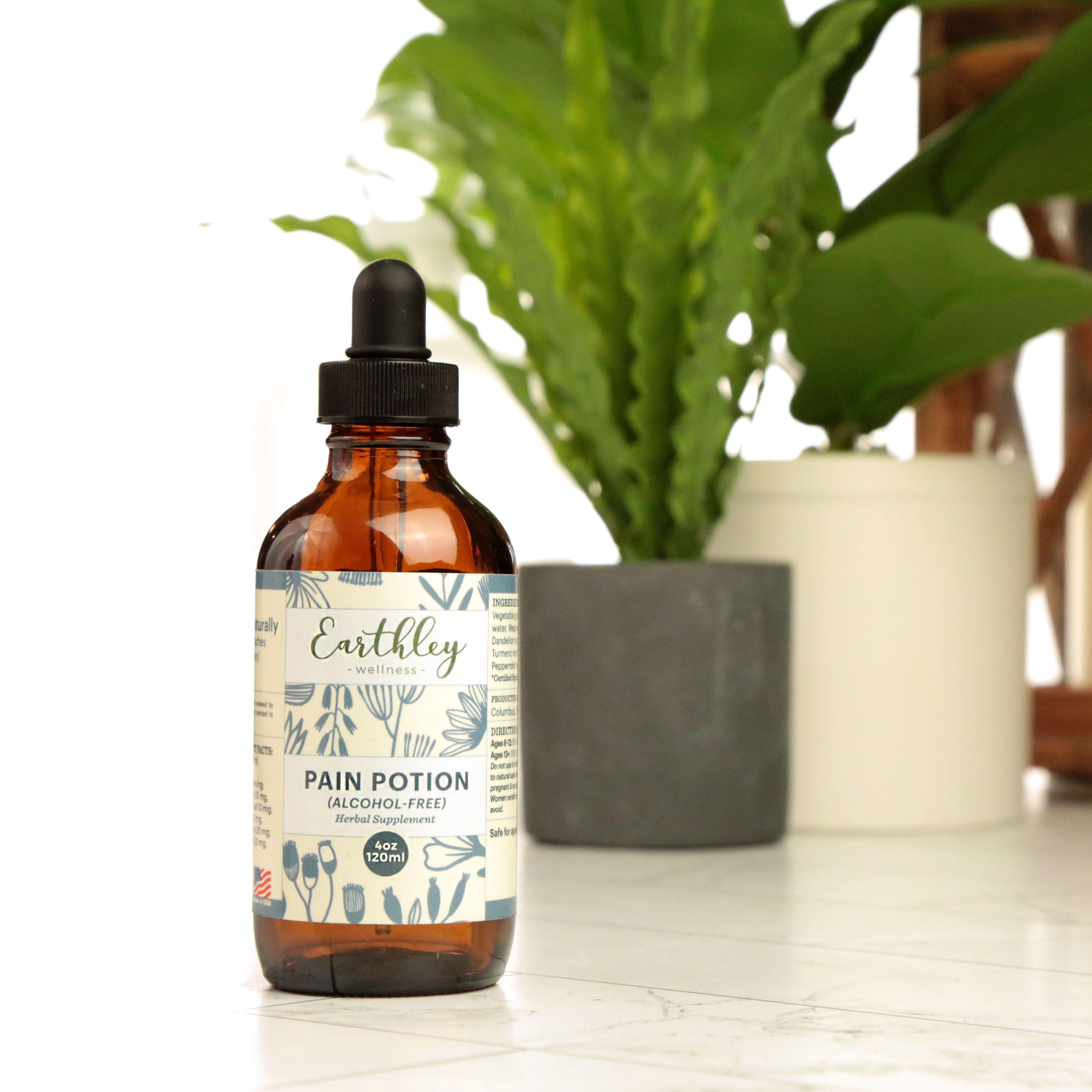
Relieve pain naturally, including headaches
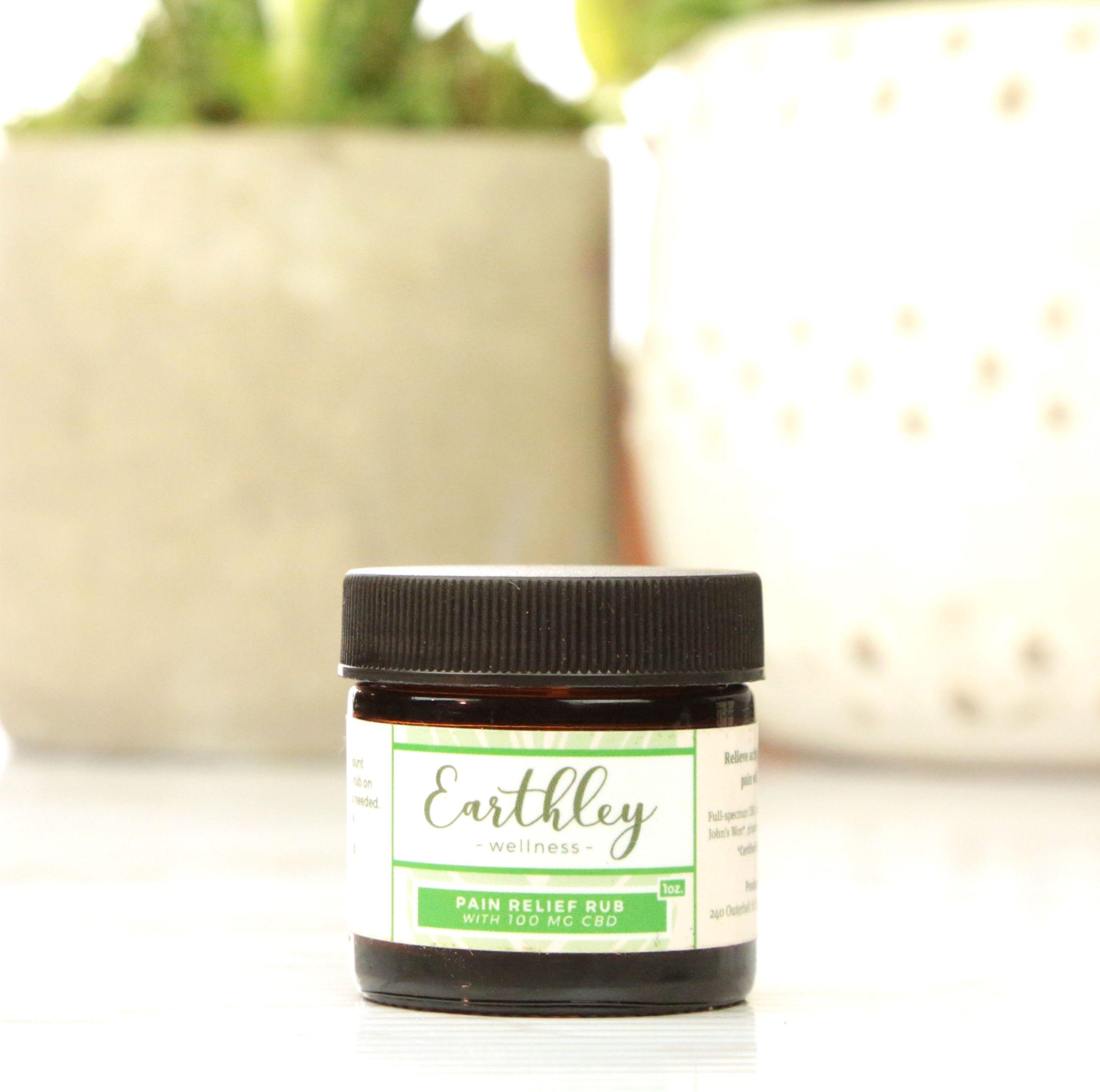
For achy and sore joints
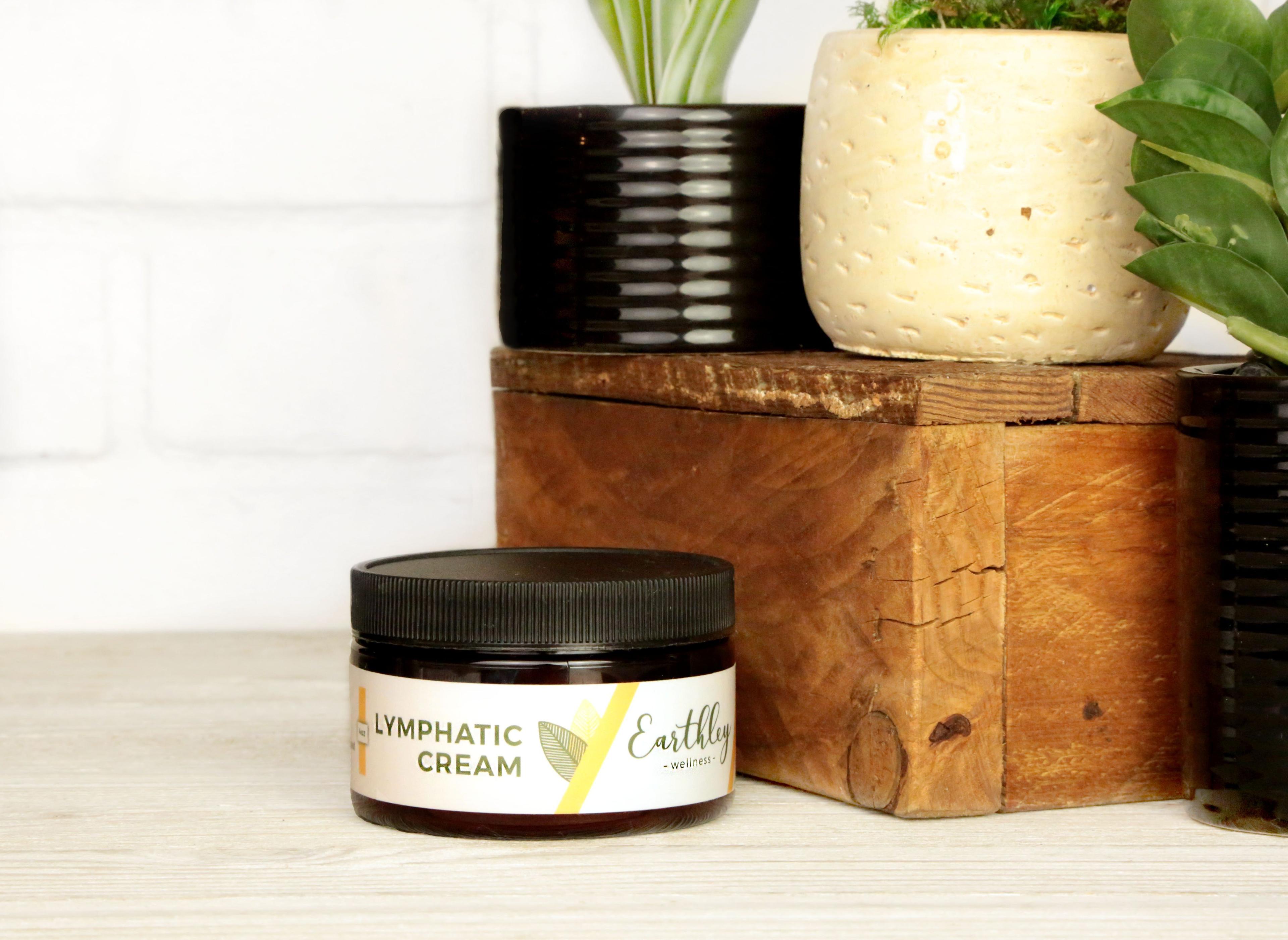
To promote a healthy lymphatic system.
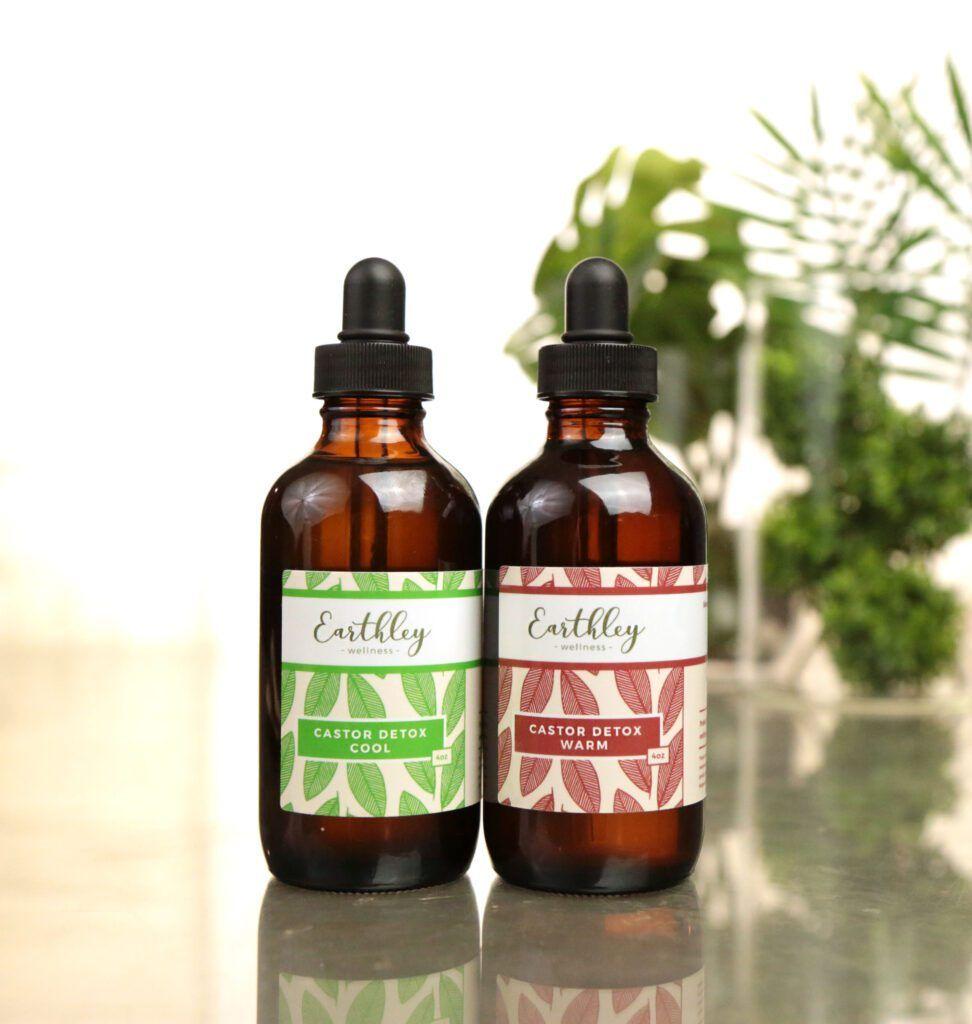
For lymphatic support
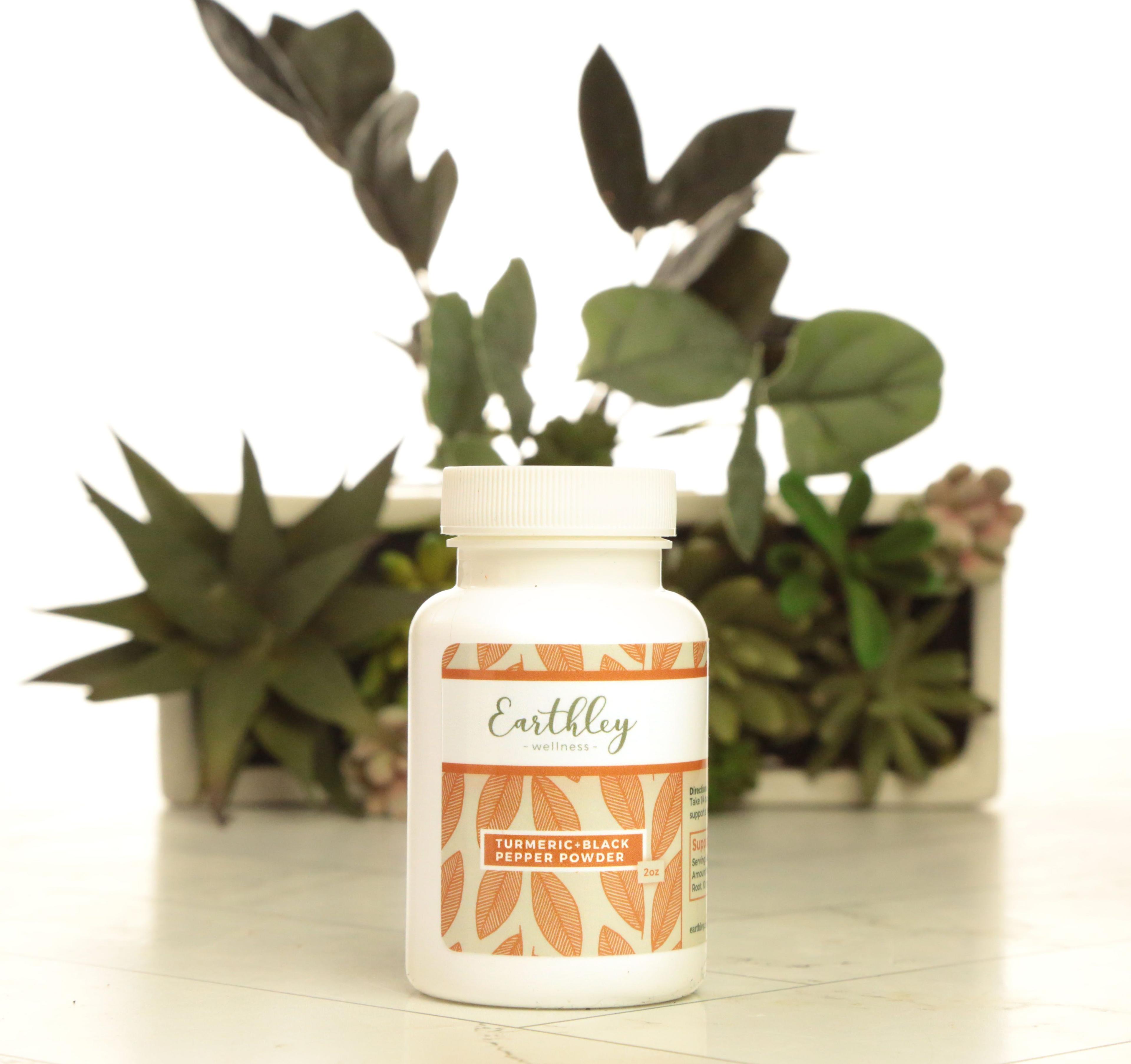
Supports a healthy inflammatory response
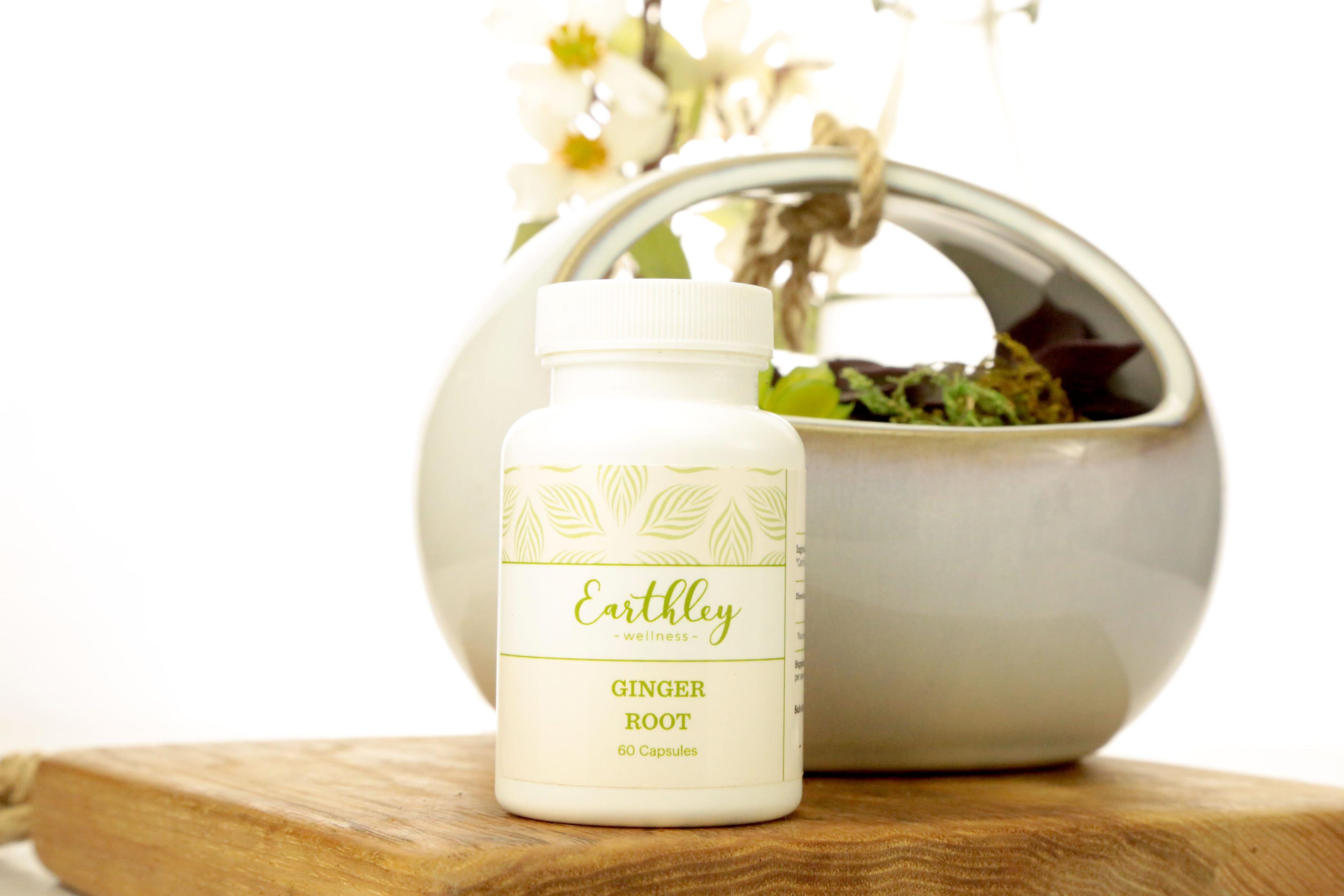
Relieves occasional nausea and promotes normal inflammatory response
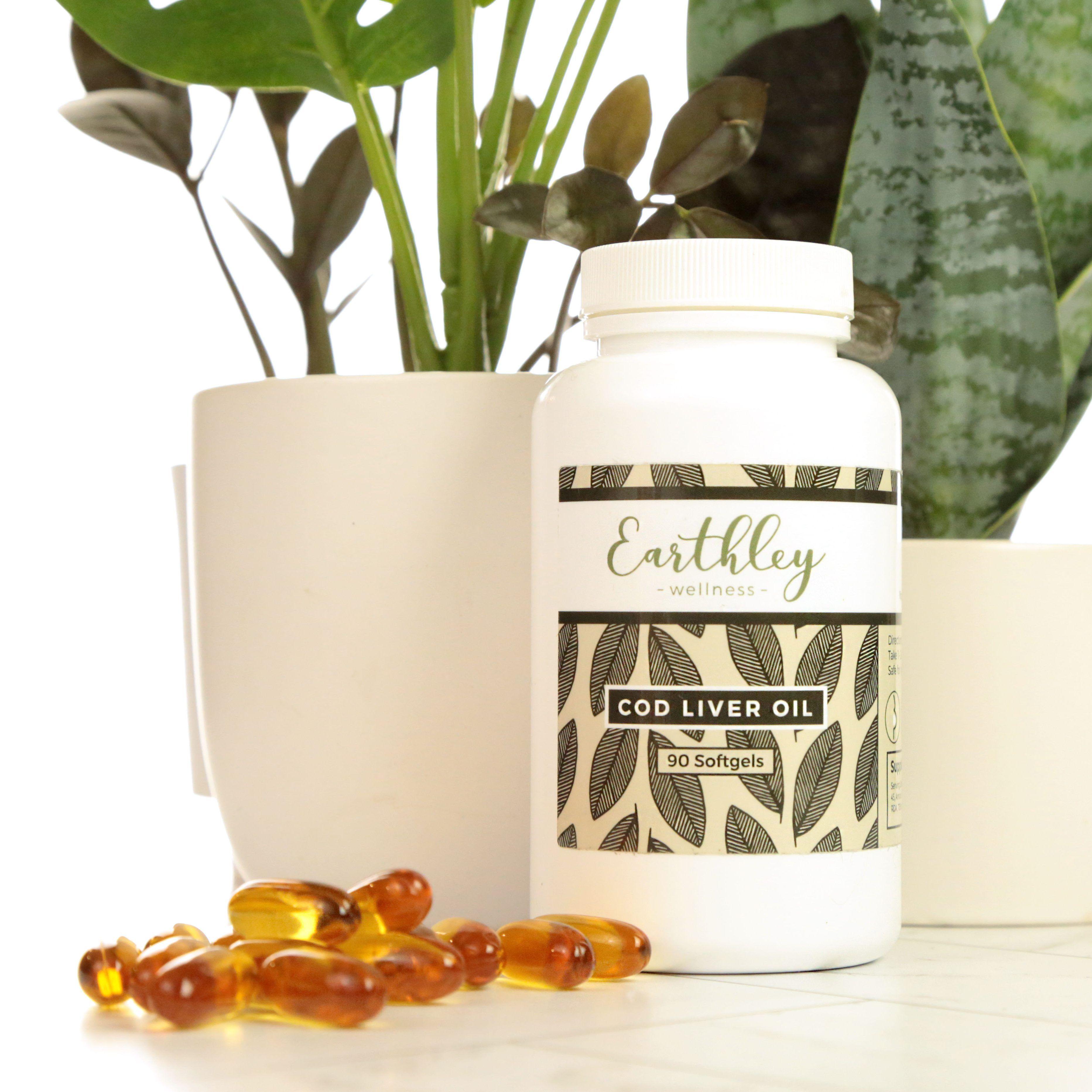
A rich natural source of vitamins A and D and omega-3 fatty acids that support immune, brain, and gut health

Provides natural energy and balanced nutrition
